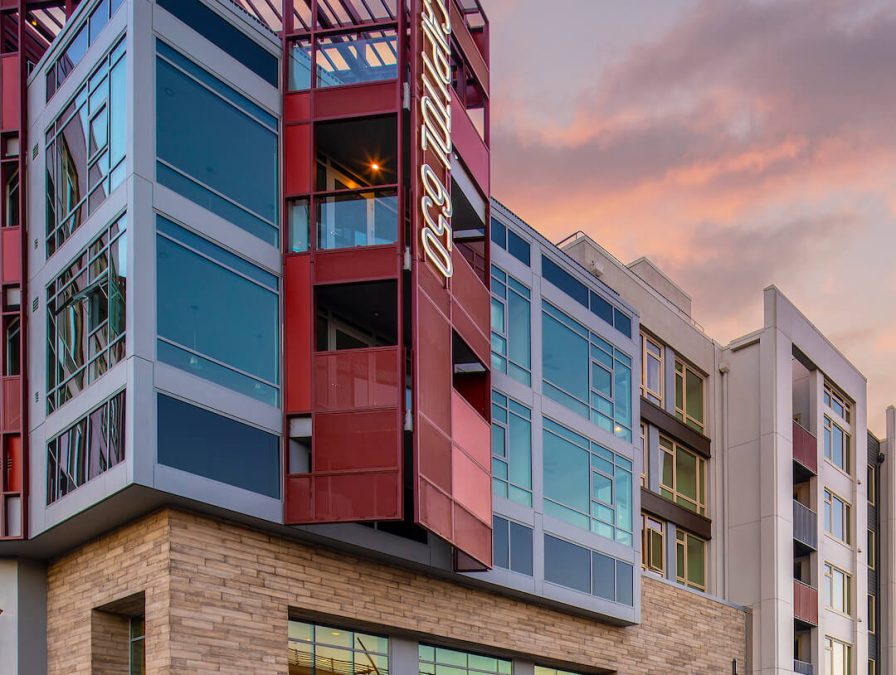High-rise towers have been changing Downtown Brooklyn’s skylines, but renters in the area who are looking to live in a building with Old World charm will have their chance when the Offerman House opens in the spring.
The landmark-designated building at 248 Duffield Street, which sits on an oddly shaped lot at Fulton Street, is named after Henry Offerman, the president of the Brooklyn Sugar Refining Company who commissioned the structure. The building’s current owners, United American Land, is turning the top five floors into 121 apartments, while leasing the lower floors to retail tenants, which currently include Nordstrom Rack and Old Navy.
There will be studios to three-bedrooms available for $2,900 to $5,000 per month, many with 15 foot ceilings and oversize windows, according to David J. Maundrell III, the executive vice president for new development in Brooklyn and Queens at Citi Habitats, which is handling the leasing.
Built between 1890 and 1893, the Romanesque Revival building housed many commercial tenants, but its most famous was Martin’s Department Store, which operated there for more than 50 years until closing in 1979. Known for its bridal wear, the store was considered a high-end counterpart to the Abraham & Strauss department store across the street, which now is a Macy’s.
“It wasn’t as fancy as Saks Fifth Avenue, but it was close,” said Barbara Shernoff, a Brooklyn Height resident who has shopped on Fulton Street since the late 1960s. “I remember all the beautiful dresses, shoes and coats, but i loved the jewelry.”
Fulton Street has been a shopping corridor for more than 150 years and today has more than 100,000 shoppers daily, according to the Fulton Mall Improvement Association. Many buildings along the street date from the late 19th and early 20th centuries. Duffield Street is also called Abolitionist Place, in honor of those who helped run the Underground Railroad that ran along the street.
The current downtown landscape has housing, offices, schools and residences right on top of each other. There are about 6,000 rental units under construction in the area, according to the Downtown Brooklyn Partnership, but Mr. Maundrell said the “historical authenticity” of the building will draw tenants when leasing starts in February.
“This is not your cookie-cutter residential tower,” he said.
Adele Perera, a senior project manager at GreenbergFarrow, the architecture firm restoring the building, said she was shocked to find an interior rotunda and skylight about 30 feet in diameter hiding behind various building materials.
“There were so many amazing features that had been covered up, so it took time to bring it back to it original glory,” she said.
Some loft units that were carved out of the main showroom areas will have platform floors, with trundle storage underneath, she said. Cast-iron columns were restored and wood rafters were reclaimed for flooring in the common areas.
The rooftop lounge will have a fire pit, grills, a lawn area, and a large movie screen, said Jody Laboz, a principal of United American Land. He said turning the building into a condominium was not an option, because the building was bought by his father in 1980 and has sentimental value.
“There are details here that you don’t see in other building,” he said. “It is an asset that we’d like to keep in our family.”
The restoration of the historic structures on Fulton Street, which include the former Dime Saving Bank and Macy’s building, is emblematic of what Downtown Brooklyn has become, said Regina Myer, the president of the Downtown Brooklyn Partnership.
“All these building being retrofitted for homes or offices signals how exciting this area has become,” she said. It shows there’s quality of life in a high-density area.”



